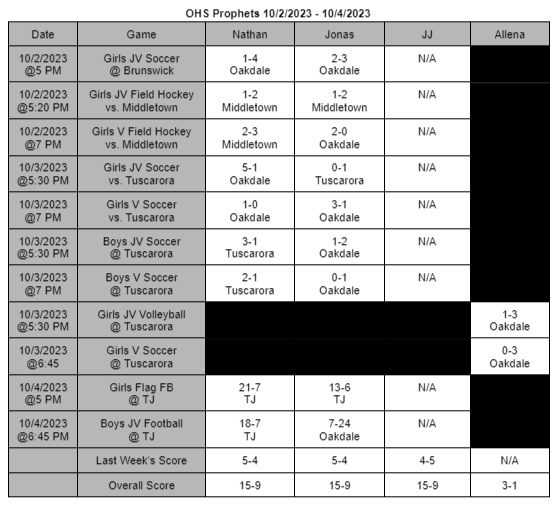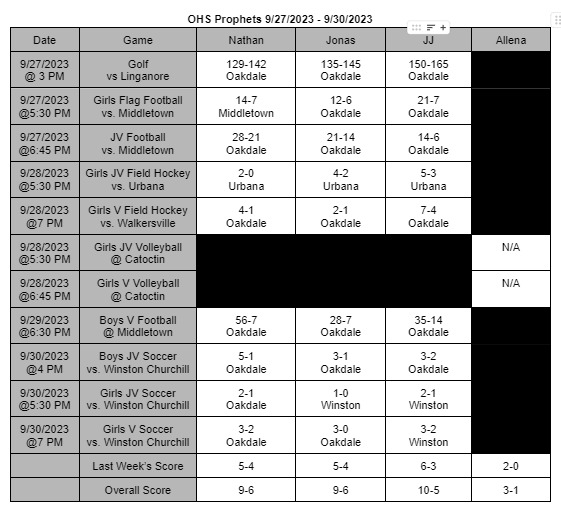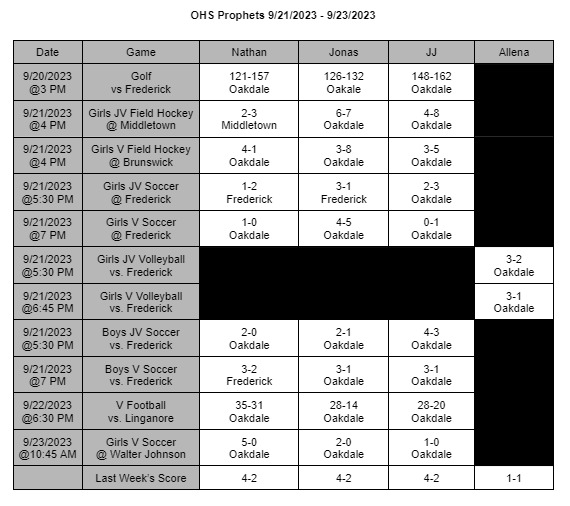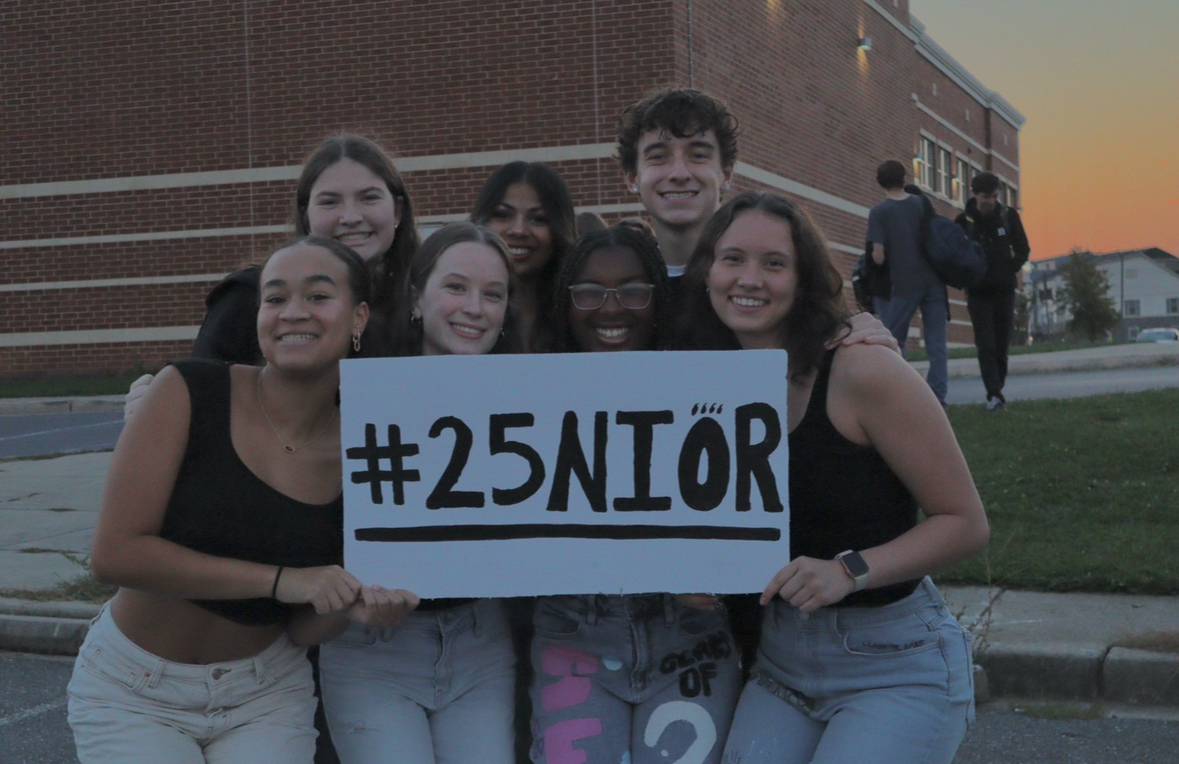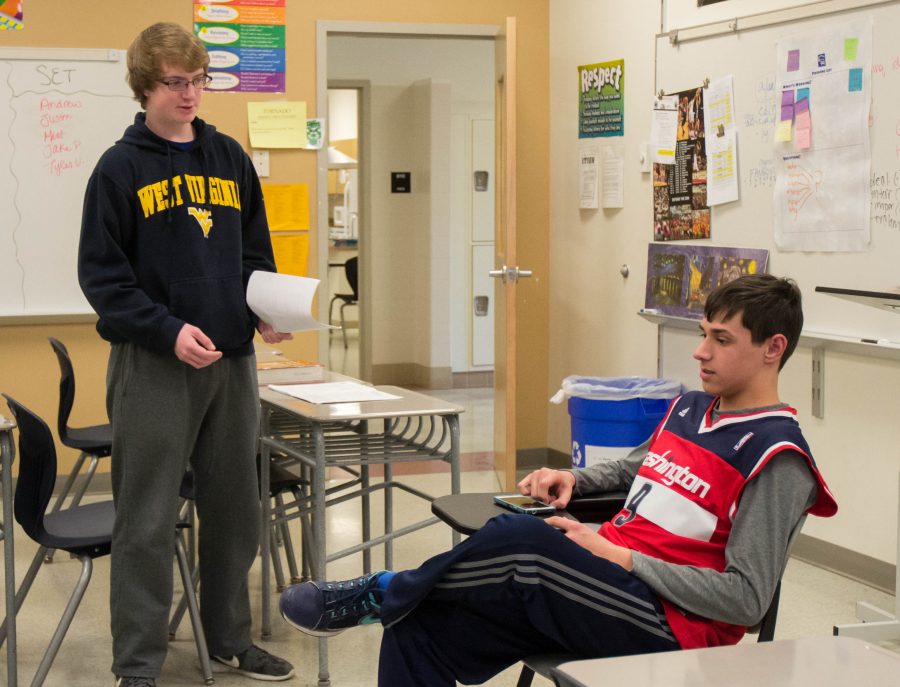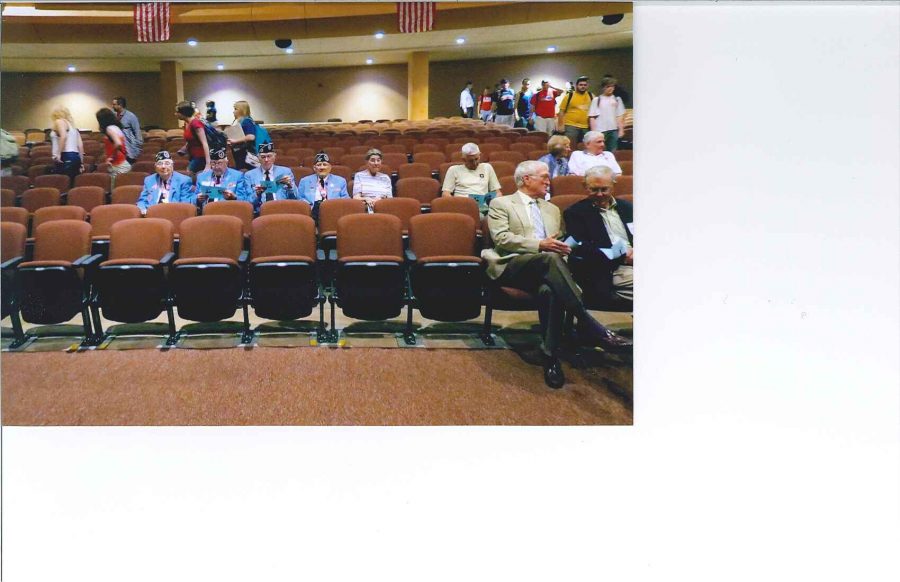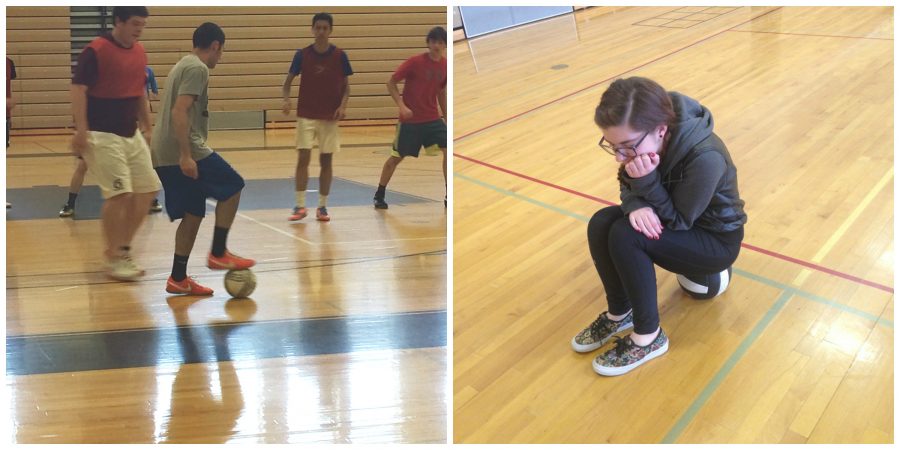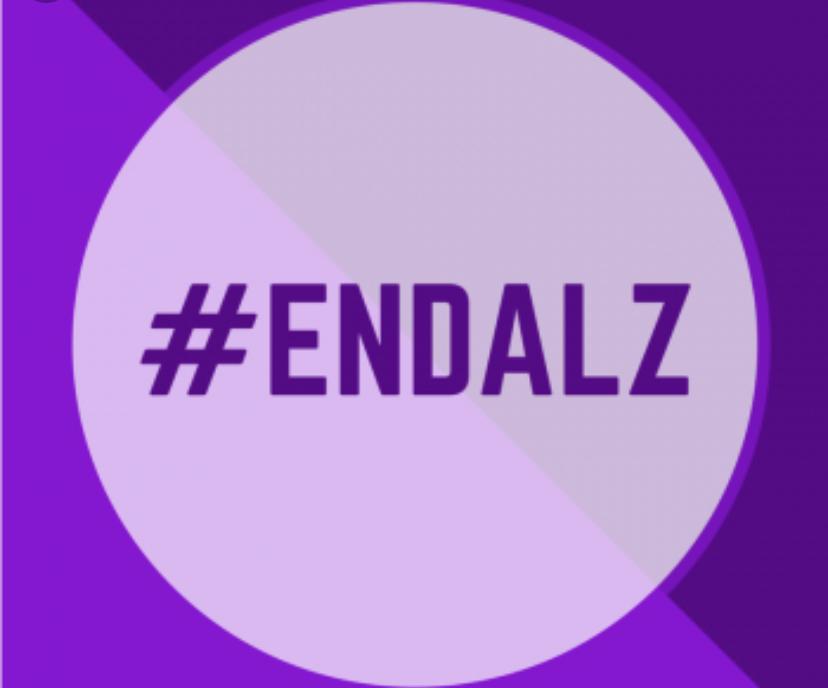Alzheimer’s Awareness Month
November 7, 2018
November is Alzheimer’s Awareness Month. President Ronald Reagan made this decree in 1983 because he had Alzheimer’s, and he wanted the public to become aware of the disease, as well as the scale of it among the U.S. population.
At the time of the designation, there were fewer than two million people in America with Alzheimer’s. Present-day, the statistics show that this number has reached nearly five point four million and envision to only inflate because our country’s rapidly growing population.
Alzheimer’s is the most recurrent form of dementia, a neurological disease. A general term for Alzheimer’s is memory loss and other cognitive abilities that are serious enough to interfere with daily life. Alzheimer’s is not a normal part of aging even though the symptoms seem like it, which is why it’s so hard to detect when symptoms begin.
The majority of people with this deadly disease are sixty five and older. Sydney Day, a Sophomore at Oakdale High School expresses, “I think that age is a big factor because your brain is already losing neurons by the time you’re twenty and by the time your sixty your brain starts to shrink so the older you are the more likely it is to happen”.
In the premature stages, memory loss is mild.Late stage individuals lose the capability to function in everyday life and need help with basic needs.
Those with the disease live an average of eight years after their symptoms are noticeable to others but could live from four to twenty years depending on their health conditions and or age.The cause of the disease is not known, the most believed cause is genetics but there is some evidence supporting head injuries, depression and hypertension as other causes.
Presently diagnosis is based on cognitive testing using blood tests and medical imaging ,but the only definite diagnosis is an examination of brain tissue. One of the largest issues with early detection for Alzheimer’s is getting the symptoms confused for the accustomed aging process.
Sophomore at Oakdale High School, Grace Kacur explained, “The only way they are able to definitively diagnose you with Alzheimer’s is with a brain scan because when you have this disease it completely transforms the way your brain looks. I also think that the symptoms of Alzheimer’s gets so confused with the aging process is because the symptoms and behaviors are so similar and they seem normal since we have been taught that when we get older we forget things.”
Currently there is no cure for Alzheimer’s, but treatments for symptoms are available and scientists continue to research this disease. Alzheimer’s treatments, like compassionate care and therapy, can’t stop the disease from progressing.Treatment can temporarily sedate the worsening of dementia symptoms and improve quality of life for those with Alzheimer’s and their caregivers.
Kacur vocalized, “They can’t find a cure because they aren’t really sure how the disease even begins, there are also so many different contributors. I strongly believe once we find how it starts then we will be able to come up with a cure that prevents it from even happening, also not enough money is being put into it, if more money was then we would have a greater chance of finding a cure.”
It is important to consult with medical professionals if one suspects any cognitive or memory impairment. The Alzheimer’s website is a great resource with numerous amounts of valuable resources. You could also call their helpline at 800.272.3900 or go to Alzheimer’s Navigator to create customized action plans and connect with local support services.
https://www.alz.org/alzheimers-dementia/what-is-alzheimers
https://thekensingtonwhiteplains.com/november-national-alzheimers-disease-awareness-month/















